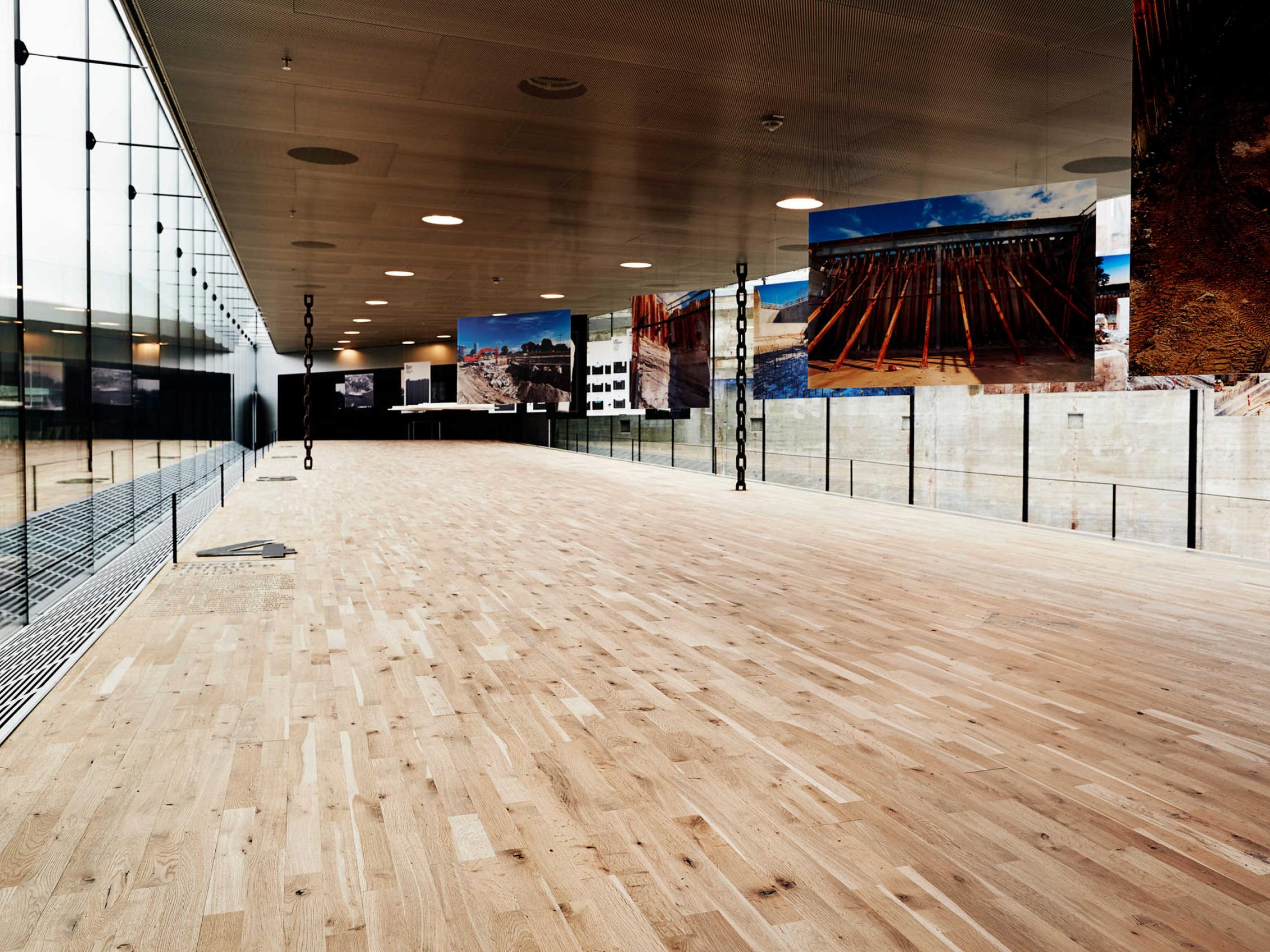Measurement of moisture in subfloors

This Bulletin is not a “how to do it” guide - we have good sources already, such as the CFA Guide to Contract Flooring, British Standards and technical guidance from manufacturers of measuring equipment. See Section 5, page 73.
The CFA Guide to Contract Flooring
Instead we want to share some of the broader moisture measurement issues that have made us look at the subject with fresh eyes.
# Consider The Whole Subfloor Construction
Understanding what lies beneath the surface is vital. How thick are the various layers, and where is the DPM?.
Your measurements will normally need to include everything that lies above the DPM- This may just be the screed- or it may be both screed and concrete slab. Drying times for each will vary considerably.
# Estimating the drying time
Estimates are useful as a means for deciding if it is time to carry out the hygrometer test. Most of us know the rule of thumb to estimate screed drying time; “1 day per millimetre of thickness, up to 50mm thick”. But bear in mind that a 150mm thick concrete slab is very likely to have higher levels of moisture at its base some two years after it has been cast.
Indicative moisture content measurements are an excellent way to monitor progress and may help to identify areas where the screed may be thicker or slow to dry. Bear in mind though that surface moisture testing devices may only measure to a depth of 20mm or so.
# Upper Floors
Drying times may be shorter if the soffit is exposed, however this will not be the case if the slab is cast on a steel deck. Use the same hygrometer measurement procedure that you would use for ground bearing slabs.
# Precast Concrete Floors
Often a precast floor will be dry sooner than one cast in situ. However concrete floor elements will usually be stored on site outdoors and unprotected from the weather and so may be wet when installed. Use the same hygrometer measurement procedures that you would use for ground bearing slabs.
# Power Floated Slabs
This process creates a dense surface to the slab and means that it will take longer to dry.
# Gypsum/ Anhydrite based screeds
A hygrometer test is the main way to measure moisture levels. Indicative measurements with electronic moisture meters may be unreliable but the screed manufacturer should be able to provide an estimated drying time. Hygrometer tests must be used to establish the correct RH before laying the floor.
# Site temperature and its effect on RH measurements
Temperature and Relative Humidity are inextricably linked. When you are taking your final RH measurements the site temperature (and that of the screed/ slab) must be as expected when the building is in use. If you take your readings from a cold subfloor in winter the readings will be higher because humidity increases as temperature falls.
